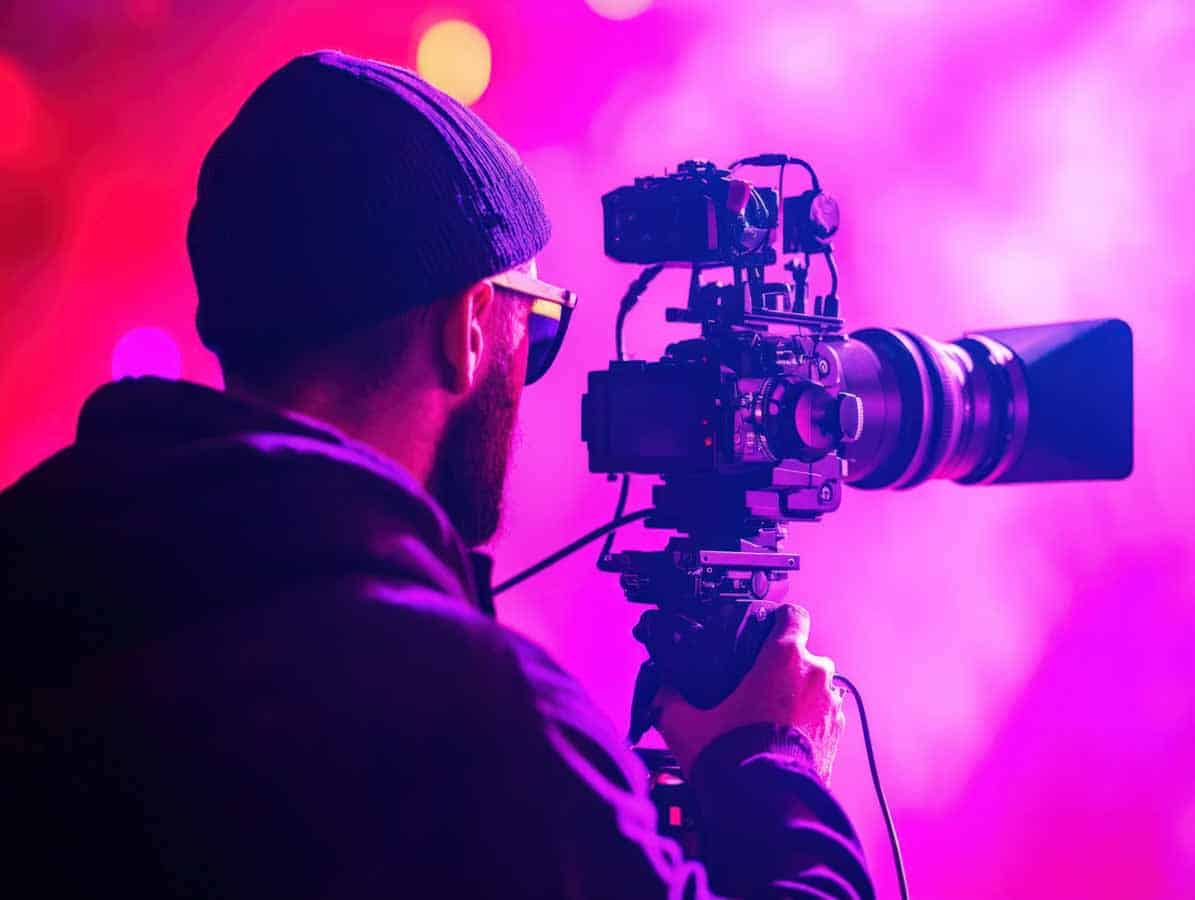Brand videography studio where brand vision meets holistic digital strategy to tell breathtaking stories that elevate your brand. Video is essential for businesses, with 89% using it as a marketing tool and over 90% reporting that it provides a positive ROI. But despite these results, many businesses face challenges. Here are some we solve with our brand videography services. According to recent studies, 93% of brands say they’ve gained a new customer thanks to a video on social media, making it one of the most effective ways to communicate your brand’s message. We offer various video services, including: 1. Story Mining – In our exclusive Story Mining Session, we collaborate with your team to gain a deep understanding of your history, mission, values, vision, goals, and target audience. 2. Production – Our professional crew includes cinematographers, a licensed drone operator, and a field producer. The multi-day shoot will utilize state-of-the-art camera, lighting, and audio equipment to ensure broadcast-quality results. 3. Post Production – After the shoot, we’ll move into post-production, where we’ll edit, color grade, add special effects (if required), music, and voiceover (if needed). 4. Delivery – We will deliver a multi-format group of videos that are optimized and correctly sized for use on your website, social media, Google profile or other custom channels. Brand Videography and Photography Services that Bring Your Business to Life.

Whether you need a corporate video, an engaging promotional ad, or high-quality photography, our team of award-winning photographers and videographers is here to make your vision a reality.

Brand Videography Challenges We Solve
Our videography and photography services


Our Videography and Photography Process
A few recent video projects
Orion Automotive Services
Therapeutic Riding Inc – Sofie’s Story
Pink Taco Restaurant
Prakito – Event Commercial
BlueConduit – Testimonial
NutShell – Product Launch
Trace Genomics
Throdle FD – 30sec Ad
Tools Group – Explainer Video
- Marketing Services
- What We’ve Done
- Who We Help
- Marketing Resources
- 2026 On-page SEO Checklist
- 2026 Local SEO Ranking Factors
- 2026 Content Creation Checklist
- 2026 Guide to Creating An SEO-Friendly Website
- 2026 Local SEO Checklist
- 2026 Website Redesign Checklist
- 2026 Marketing Trends
- Google SEO Algorithm Update History
- How Much A Website Costs When Done Correctly
- How Much SEO Costs When Done Correctly
- Our Story